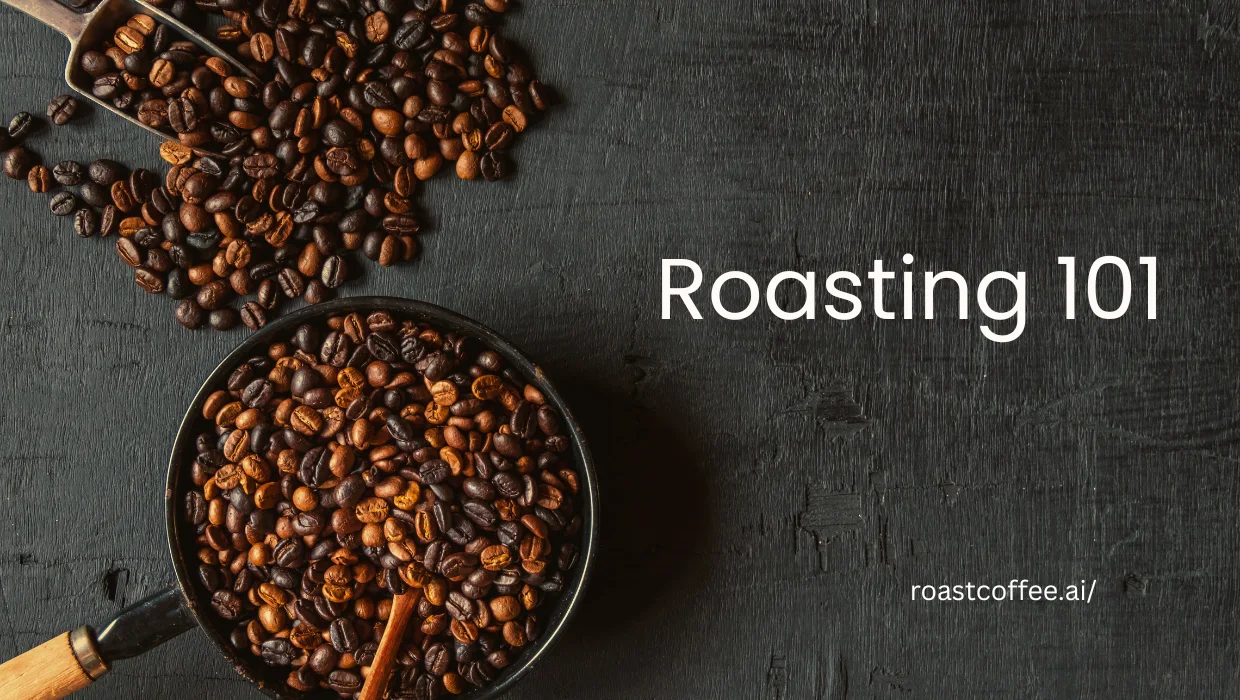Know Your Coffee Green Beans: Rwanda Bourbon
Welcome to the heart of Africa’s coffee renaissance! While Ethiopia is the birthplace of coffee, Rwanda has emerged as a powerhouse of quality and specialty coffee production. Among its most prized varietals is Bourbon, a celebrated sub-species of Arabica known for its balanced, sweet, and clean profile. We’ll explore what makes Rwandan Bourbon so special and how you can bring its delightful magic to your home roastery.
🌍 Where It Is Grown
Rwanda, often called “The Land of a Thousand Hills,” is an ideal location for growing coffee. Most coffee is cultivated in the mountainous regions that span the country’s fertile terrain. The majority of Rwandan Bourbon coffee is grown by smallholder farmers, many of whom are part of cooperatives.
- Varietals & Growing Conditions: While many regions grow a variety of Arabica, the Bourbon varietal is particularly prized in Rwanda for its exceptional cup quality. It thrives in the country’s high altitudes and rich, volcanic soil.
- Altitude: Rwandan Bourbon is grown at altitudes ranging from 1,700 to 2,000 meters. This high elevation is a critical factor, as it contributes to a slow maturation of the coffee cherries, leading to a dense bean with complex and concentrated sugars.
- Soil: The country’s volcanic soils are rich in nutrients, providing a fertile ground that imparts a unique character to the beans.
- Microclimate: The temperate climate, with consistent rainfall and a balanced distribution of sunshine, allows the Bourbon cherries to develop a well-rounded and delicate flavor profile.
☕ What It Tastes Like
Rwandan Bourbon is celebrated for its clean, sweet, and balanced flavor profile. Unlike the wild pungency of a natural process, Bourbon offers a nuanced complexity that is both accessible and exciting.
Expect a clean and bright aroma with a creamy, medium body. The most prominent tasting notes are often those of red fruits, such as cherry, plum, or red currant, followed by a delicate sweetness reminiscent of caramel or brown sugar.
Depending on the roast, you might also find notes of citrus zest, floral undertones, or a hint of spice, all balanced by a smooth, lingering aftertaste.
💰 Market / Price Insights
- Pricing: Due to its high quality and the meticulous care taken in its processing, Rwandan Bourbon is a premium specialty coffee. Its price reflects its status as a highly sought-after single-origin bean.
- Sustainability Efforts: Rwanda has been at the forefront of a specialty coffee renaissance, with many cooperatives and washing stations implementing stringent quality control and sustainable practices. Direct trade relationships are common, ensuring that the farmers receive a fair price for their high-quality beans and that the legacy of this prized varietal is maintained.
💧 Processing Method
The defining characteristic of specialty coffee from Rwanda is the washed processing method, which contributes to its clean and bright flavor profile.
- Washed Process: This method involves removing the pulp from the coffee cherry immediately after harvest. The beans are then fermented in water to break down any remaining fruit, and finally, they are rinsed and dried on raised African beds. This meticulous process removes all the fruit pulp before drying, resulting in a cleaner cup with a brighter acidity.
- Taste Differences: This method creates a coffee with a much cleaner taste, more pronounced acidity, and a balanced flavor profile compared to a natural or dry-processed coffee. The resulting cup has a vibrant clarity that showcases the inherent quality of the Bourbon varietal.
🔥 How to Roast
Roasting Rwandan Bourbon requires a careful approach to preserve its delicate sweetness and balance.
- For Beginners: Aim for a light to medium roast. A light roast will highlight its fruity notes and bright acidity, while a medium roast can bring out its caramel and cocoa undertones. Avoid pushing the roast too dark, as it can overwhelm the bean’s subtle and nuanced flavors.
- For Advanced Roasters: Focus on a gentle, slow roast profile. A longer development time after the first crack (but before the second) can help to fully develop the sugars, creating a creamy body and a more pronounced sweetness. Be mindful of the high density of these beans, which requires a steady application of heat to ensure an even roast.
💡 Post Roasting Requirement
Allow your roasted Bourbon beans to rest for at least 2-4 days. This degassing period is crucial, especially for washed coffees, to let the complex flavors settle and the carbon dioxide to dissipate. Store the beans in a cool, dark, and airtight container to maintain freshness.
😋 Flavor Profile / Tasting Notes
- Cupping Descriptors: Expect a creamy, medium body with a clean and balanced acidity. The dominant flavors are red fruit (cherry, plum), caramel, and brown sugar. The finish is often smooth and sweet, with a hint of citrus or spice.
- Comparisons: The balanced and sweet profile of Rwandan Bourbon makes it a versatile coffee. Its clean character and delicate fruit notes are often compared to high-quality Central American or Colombian coffees, but with a unique sweetness and creamy texture that sets it apart.
☕ Brewing Recommendations
Bourbon’s balanced flavors are best enjoyed with brewing methods that allow its clarity and sweetness to shine.
- Pour-Over (e.g., V60, Chemex): These methods are excellent for highlighting the coffee’s clean, bright flavors and delicate aroma. The slow, controlled pour allows for a precise extraction that showcases the nuance of the bean.
- French Press: While pour-over methods are ideal, a French Press can still produce a fantastic cup, especially if you prefer a fuller body. The immersion method will bring out the creamy texture and rich sweetness.
- Espresso: Rwandan Bourbon can produce a delightful single-origin espresso shot, offering a sweet, bright, and clean shot with a delicate crema. Its balanced nature makes it a great addition to espresso blends as well.
🏡🔥 Tips for Home Roasters
- Start Small: Buy a small batch of green beans to start. This allows you to experiment with different roast profiles without a major investment.
- Listen Closely: Pay attention to the sound of the first crack. This is your cue that the roast is progressing.
- Log Your Roasts: Keep a log of your roast times, temperatures, and profiles. This helps you replicate a successful roast and learn from your mistakes.
The “Moka-Java” Connection
While not directly related to the word “mocha” like Harrar, Rwandan Bourbon has its own fascinating history tied to the global coffee trade. The Bourbon varietal itself is a natural mutation of Arabica that originated on the island of Réunion (formerly known as Île Bourbon). It was one of the first varietals to be cultivated outside of Yemen and Ethiopia. It was introduced to Africa, including Rwanda, by European missionaries and traders. Today, its distinct cup profile is a testament to how a varietal can adapt and flourish in new, fertile lands, creating a unique and celebrated coffee.
❓ FAQs
Q: Is Rwandan Bourbon better for a light or medium roast?
A: A light to medium roast is generally preferred. This roast range helps to preserve the coffee’s delicate fruit and caramel notes, as a dark roast would likely overpower them.
Q: Why is Rwandan coffee considered so high quality?
A: Rwanda’s commitment to quality control is a key factor. The government and various coffee cooperatives have invested heavily in building modern washing stations and training farmers, which has led to a dramatic improvement in cup quality.
Q: Can I use Rwandan Bourbon for espresso?
A: Yes, it makes an excellent single-origin espresso. Its balanced acidity and sweetness create a bright, clean, and flavorful shot that is a favorite among coffee enthusiasts.
So, go ahead and explore this exquisite coffee. Its vibrant flavors and rich history are a testament to the magic of its origin. Until the next sip, keep exploring the world of coffee. Explore our roasting tips, or read about another gem in our “Know Your Coffee Green Beans” series!


